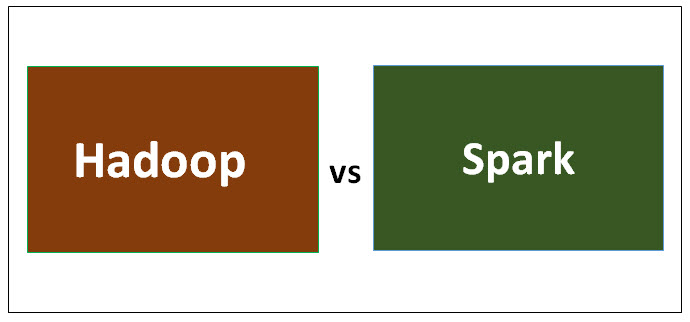“Information is the oil of the 21st century, and analytics is the combustion engine.”
A quote was given by Peter Sondergaard, senior vice president and global head of Research at Gartner, Inc. This quote was from a speech at the Gartner Symposium/ITxpo in October 2011 in Orlando, Florida. The quote speaks of the significance of data and data analytics.
Data is everything today. However, unless valuable information is not extracted from it the data is of no use to us. Big data analytics helps us analyze data and find out valuable information that may be useful in decision making. To this effect, the world has witnessed some of the greatest tools used by big data professionals. To name some of the powerful analytical tools are Spark, Hadoop, MongoDB, and many others.
It ideally takes experienced and trained data professionals in Hadoop or Spark to make the most out of big data.
The big data market boom
The big data market revenue indicates to grow from USD 42 billion in 2018 to USD 103 billion by 2027, which indicates a Compound Annual Growth Rate (CAGR) of 10.48 percent, according to Wikibon and Statista.
Large amounts of data are being generated daily from multiple resources such as social media, internet queries, and IoT devices. Big data is seen to grow in complexity day by day and can be defined by the three Vs, Volume – large data sets, Velocity – the speed at which data is generated daily, and Variety – data in different forms (excel and CSV) which further gets distributed as an image, picture upload, or text messages, etc. The big data sector is made up of powerful tools and big data frameworks – Hbase, Apache Spark, Hadoop, Apache Impala, and Apache Flink.
Going forward, we will be describing which tools would be a much-preferred option for businesses.
Hadoop Vs Spark
Hadoop: the show must go on
The open-source and distributed framework is used for storing and processing big data. This is made possible by processing and distributing data in large data sets to clusters of data nodes with the help of a MapReduce programming tool. Interestingly, it is highly scalable and can store even petabytes of data at once. The Hadoop architecture is compiled on a master-topology where only one master node and multiple master node have the capability of conducting the mechanism. The Hadoop architecture consists of three major layers – HDFS (Hadoop Distributed File System) – Storage layer, MapReduce – Data processing layer, and Yarn – Resource management layer.
Advantages of using Hadoop:
- Scalable: Hadoop is highly scalable, unlike traditional relational database systems. It helps businesses store and distribute large data sets from multiple servers that are operating parallelly.
- Fast: data and tools are generally found on the same server, thus making the data process fast and hassle-free.
- Cost-effective: Hadoop when compared to other big data tools, it is much more inexpensive. The major reason is due to its commodity hardware, it does not need a specialized machine to run. On the longer run, it gets much easier to add more nodes.
- Resilient to failure: this big data tool offers high resilience power and helps mitigate the reasons for the failure. It also helps in storing a replica of the block making it possible to recover data whenever it goes down.
- Flexible: as compare to other big data frameworks, Hadoop offers high-end flexibility. It allows businesses to gather data from multiple sources like emails and social media, work on both structured and unstructured data, and gain valuable information for further use i.e. market campaign analysis, fraud detection, and log processing, etc.
Spark: a framework with advanced solutions
Spark was eventually developed to help minimize problems Hadoop was facing. The major difference between Hadoop and Spark is the model that is used to retrieve data. Both Hadoop and Spark are equally important, therefore, as big data professionals, you need to have proficiency in both the tools. The only factor you need to figure out is to identify which tool will suit best for the project you’re working on.
Advantages of Spark for businesses:
- Powerful: Spark has the capability of handling various analytical challenges due to its low-latency in-memory data processing abilities. An added advantage, it also offers graph analytics algorithms and built-in machine learning libraries.
- Reusable: Spark code can be used again for running ad-hoc queries, batch processing, and joining steam against historical data, etc.
- Real-time stream processing: data handling and processing can be done in real-time.
- Dynamic in nature: since Spark has the capabilities of offering 80 high-level operators it can easily be used for data processing. If needed it can be considered as the best big data tool for developing and managing parallel apps.
Conclusion
Both Spark and Hadoop are crucial tools in big data analytics. Both have unique features that complement each other’s functions. Needless to say, organizations have started leveraging both the tools to gain the most benefit out of data. As a data professional, learning both tools is an added advantage.

